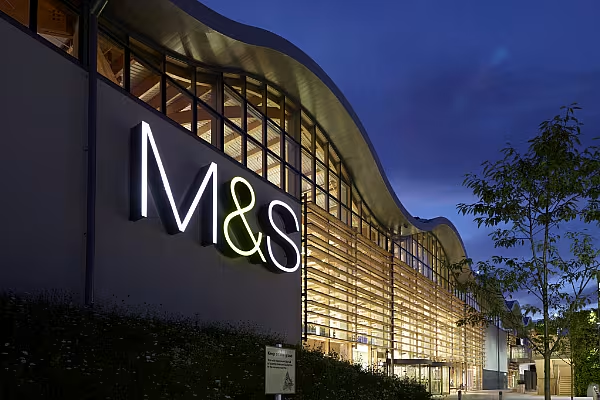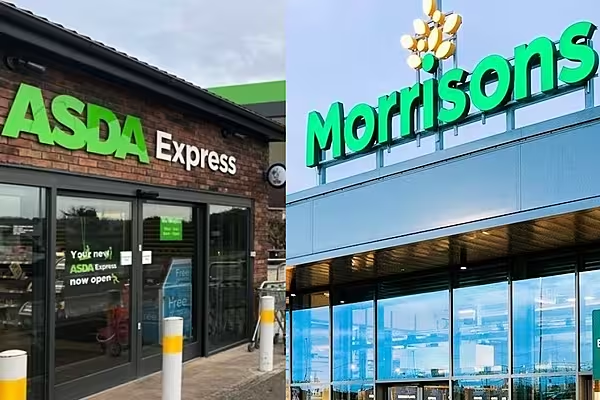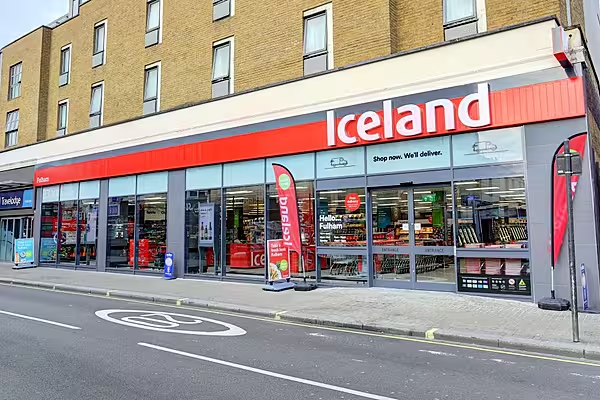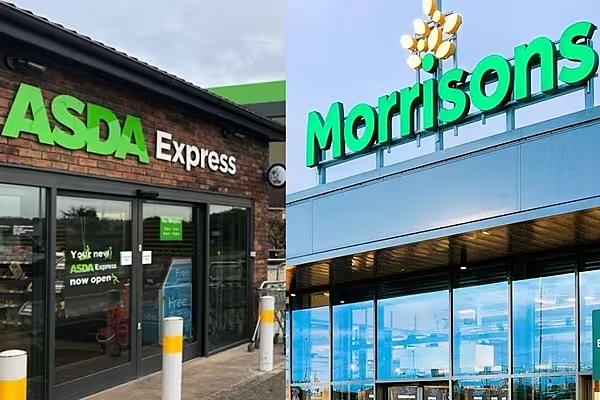Marks & Spencer posted a 2.2% increase in group revenue in its full year, however investment in a turnaround strategy saw its profit before tax fall by close to two-thirds (63.5%). Here's how the analysts saw it.
Clive Black, Shore Capital
"Following on from the new strategic plans outlined over the past year by the CEO, Steve Rowe, the group is pressing on with implementation. In terms of recent performance, M&S reported Q4 FY2017 Clothing & Home (‘C&H’) LFL sales down by 5.9%, with LFL Food 2.1% lower. We view this performance as sobering. M&S is a medium to long-term change story with no quick fixes, as befits such organisations. At first base Mr. Rowe has done much, with points for encouragement therein. Taking into account management’s headline guidance for FY2018, our indicative feel for the stock is to retain a HOLD stance, whereas we had harboured a hope to be more positive, in truth."
Honor Strachan, GlobalData
"UK operating profit at Marks & Spencer sunk 13.2% to £690.6m in its latest financial year, providing a margin of 6.6%, down from 7.7% in 2015/16. Despite reining in discounting and promotions, which should have helped to protect margins, in fact it contributed to further sales declines in clothing & home. However, as part of Steve Rowe’s plan to restore growth he has been willing to take a short term hit on profitability in exchange for significant investment. New food space, improving customer service, and increasing capacity in distribution and warehousing led to the £124m rise in operating costs to £3.4bn, which should serve the retailer well – so long as it can acquire a new generation of shoppers."
Charles Allen, Bloomberg Intelligence
“M&S’s move to sell more clothes at full price and lower entry-level prices is making for a more profitable operation. They are doing what they said they would do.”
Anusha Couttigane, Kantar Retail
"Once again, Marks and Spencer’s has posted polarised full year results between its thriving Food business and more challenging General Merchandise offer. The retailer’s Food revenue grew by a respectable 4.2%, driven largely by new stores, with LFLs down 0.8%. A long-term meal-based strategy has helped Marks and Spencer to cultivate a strong, relevant and convenient offering in this market that keeps it front of mind for many of its customers. […] It is clear that the retailer’s management continues to face challenges in its core clothing category, despite making significant investments to revamp it. Marks and Spencer’s move towards 'seasonless' ranges and a renewed emphasis on high quality wardrobe staples are still taking time to recruit long-lapsed customers."
Danielle Pinnington, Shoppercentric
“Whilst profits are down, the strategy of increasing food stores and decreasing clothing makes sense given the clear position food has in shoppers’ repertoires. As a premium food retailer M&S needs to ensure they draw on their experience during the recession to keep the offer relevant and appealing to shoppers who are starting to feel the pinch in their wallets.”
Catherine Shuttleworth, Savvy
"It’s interesting though that operating costs are up and being offset by efficiencies - but the 5 year plan to refresh just a quarter of non-food selling space seems to be too slow and too insignificant lacking the necessary pace required to win in a multichannel retail environment. M&s needs to get its skates on.
"A big point Mr Rowe raises today is selling at full price in clothing and reducing discounting. This is a tricky balance to strike - but existing M&S customers are still receiving a slew of big and constant discounts at the till, in the post and through the complex Sparks scheme. What has disappeared is external discounting that drives footfall on and off line and is a critical part of driving sales in today's retail environment. It's clearly missed by shoppers as there is no sign of growth in the figures. By removing this, M&S could end up excluding themselves from this important and permanent shopper behaviour.”
Ernesto Bisagno, Moody's
“M&S’s 10% decline in its operating profit and adjusted leverage of 3.4x are in line with Moody’s expectations for 2017. Whilst we expect the underlying markets to remain challenging, we factor a modest improvement in sales developments driven by the contribution from improved ranges and lower prices, as well as from better selling space.
“While we anticipate some pressure on margins due to cost inflation, this will be partially mitigated through better buying. We expect operating profit decline to moderate in 2018 to around -5% which also recognizes some ongoing improvements from the international operations.”
Barclays European Food Retail Equity Research
"FY16/17 Food gross margin fell by 25bps to 32.5% (vs Barclays flat at 32.8%, previous year 32.8%). For Clothing & Home, gross margin rose by 105bps to 56.1% (vs Barclays +25bps to 55.3%, previous year 55.1%). […] The most notable points are the beat on C&H gross margin and the clothing gross margin outlook, although there may be some disappointment on the slightly weak food performance."
© 2017 European Supermarket Magazine – your source for the latest retail news. Article by Stephen Wynne-Jones. Click subscribe to sign up to ESM: The European Supermarket Magazine.













